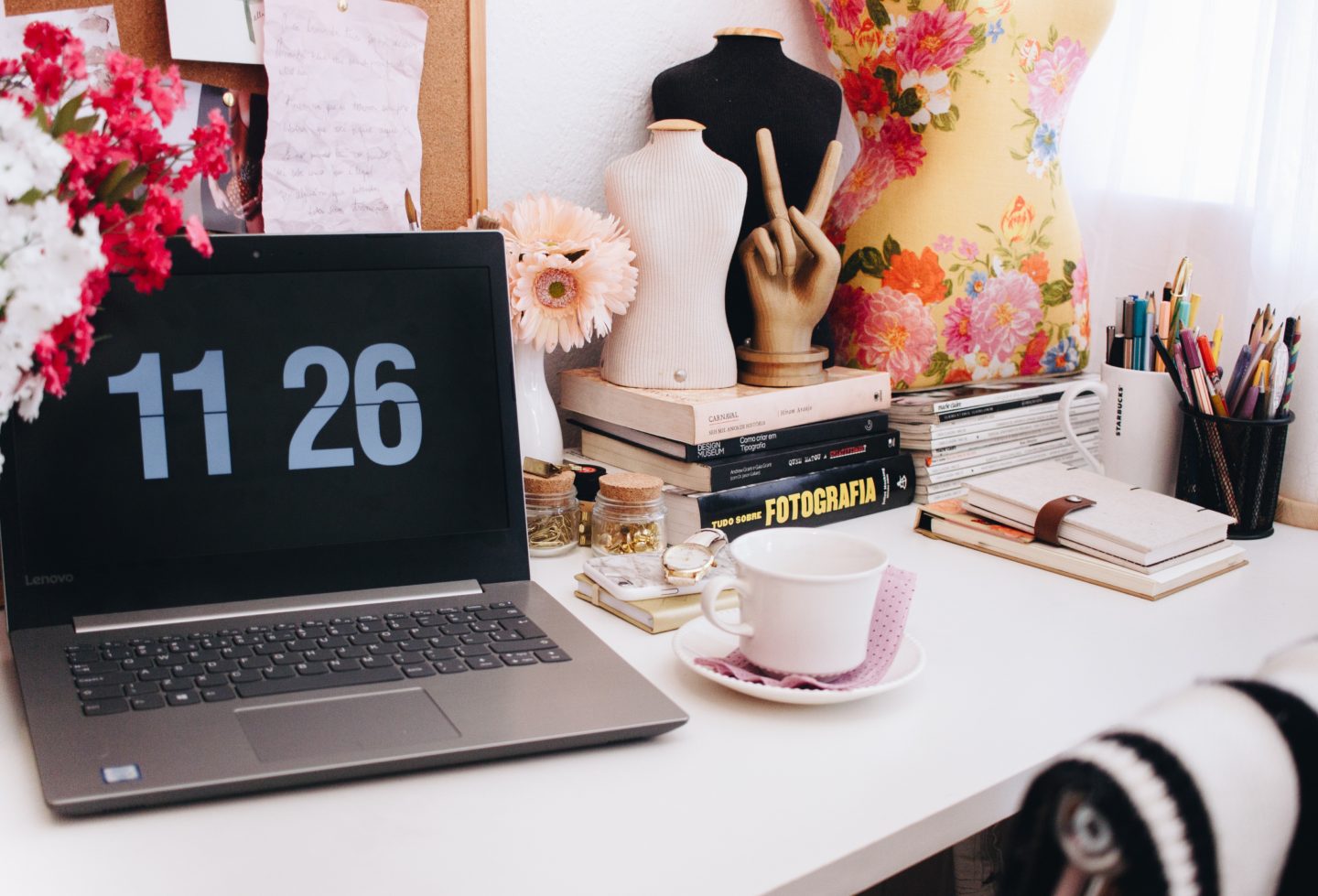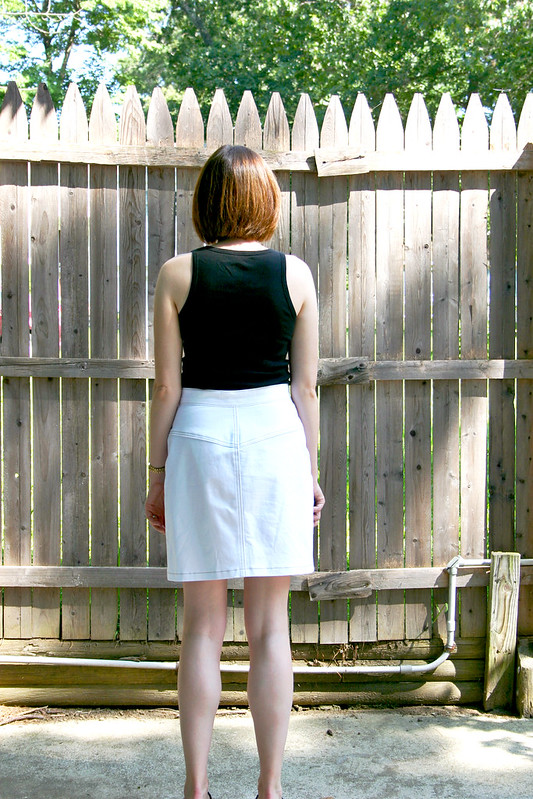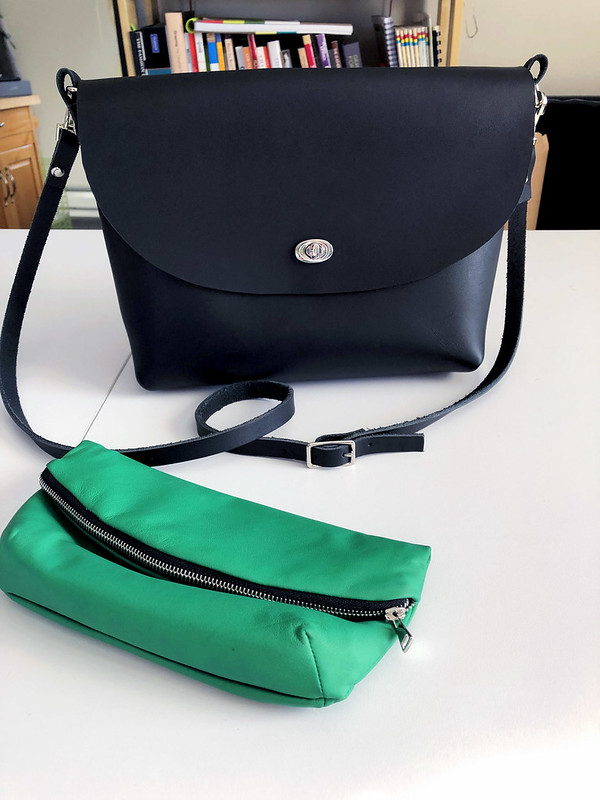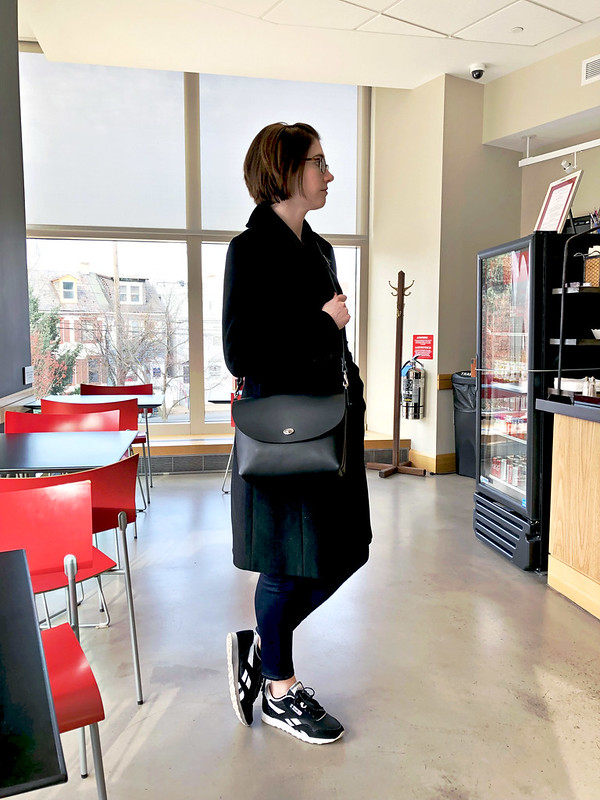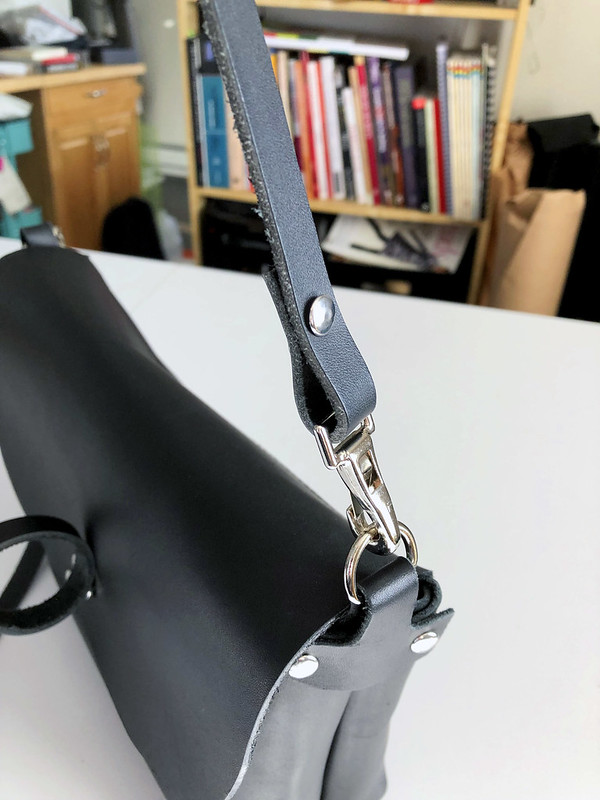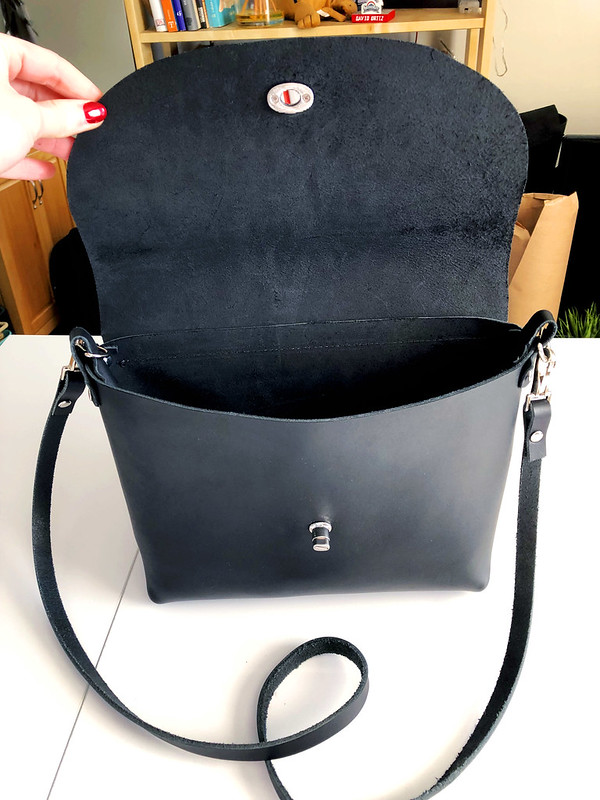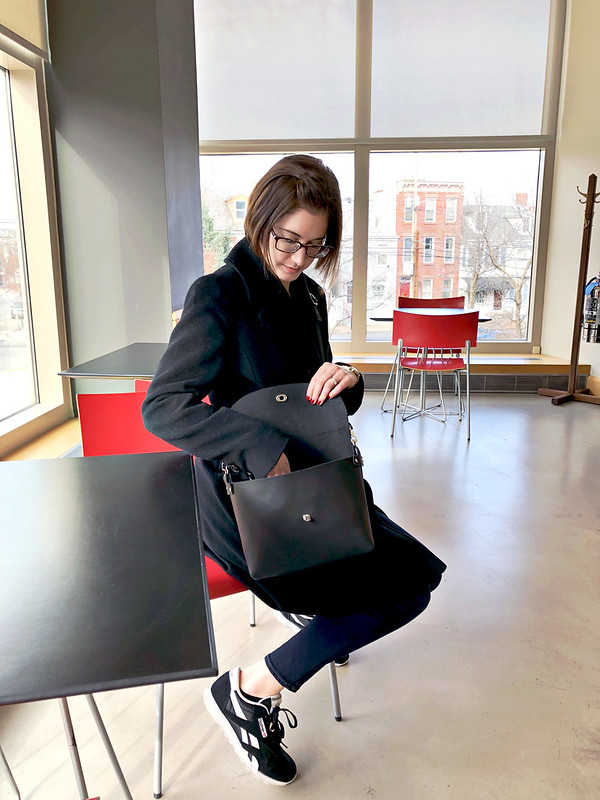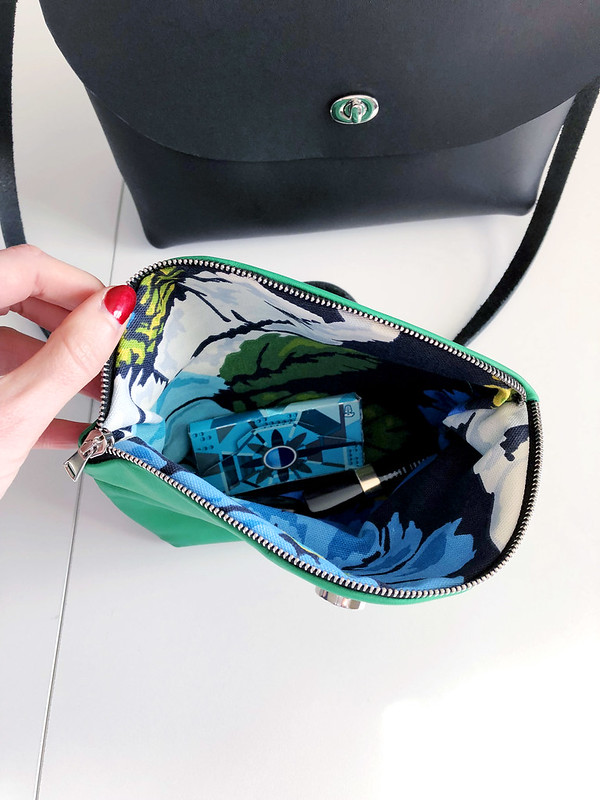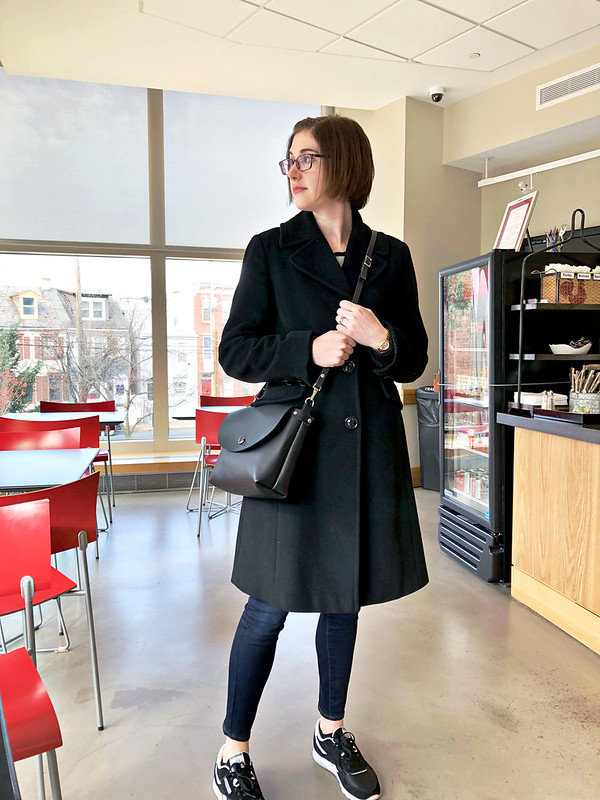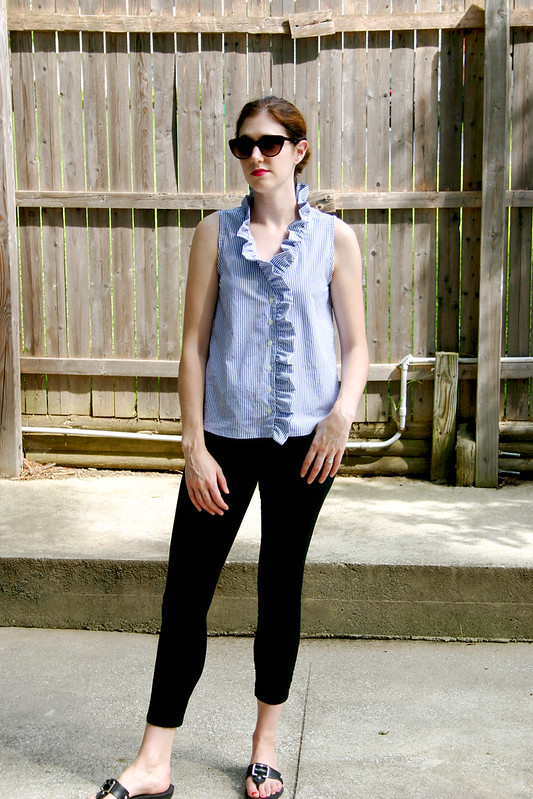
Trying to channel my inner French girl with this top…somthing a little bright lipstick and some big sunnies can’t fix!
True story: I was a French major in college. I love everything about French culture, music, movies, food, and I try to keep up to speed with my language skills by playing Duolingo and reading Le Monde (I’ve been out of undergrad for 11 years so I’m a bit rusty!). So, as logic would go, why not try out the multitude of French sewing pattern companies out there? Put those comprehension skills to work!

This is the Republique du Chiffon Nellie Blouse, a super easy to make top that packs quite the design punch. It’s really simple: two front pieces and a back, no bust shaping, and a really long rectangle gathered and sewn around the neckline and down the front. There are no markings on the pattern piece for buttons, so I used my handy-dandy button spacer marker (simflex ruler) to figure out the spacing of my buttonholes. I also ran out of fabric to cut out the bias strips to finish the armholes, so I just used plan white bias tape I had in my stash.

Remember that part where I mentioned that my language skills were a bit rusty? I chalk it up to being lazy/over-confident in my reading skills, because I completely missed the part of the pattern instructions, in the cutting diagrams, where it states that there are no seam allowances on the pattern pieces and they needed to be added. Umm…what’s French for, oops! I assumed that all seam allowances were 1cm (3/8″) since a lot of patterns that I made from other parts of the world (NZ, Europe) use that amount for seam allowance. Burda and Marfy don’t include seam allowances in their patterns, and I guess RDC doesn’t either. I just took a look at my Yvonne Jumpsuit pattern that I *hope* I get to this year, and it looks like there are no seam allowances on that either. Good to know!
The top fits, but you can tell that the fit is a little snug. I get pull lines from the shoulders down across my bust or from the armpit to the center front, which you can see in some of the photos. I also adjusted the button overlap to accommodate for this down the front. Not the end of the world, just chalking it up to a learning lesson. Everyone makes mistakes, regardless of how long they’ve been sewing!
 <
<I think this top will transition nicely into early fall. The fabric is a Rag & Bone cotton from Mood I purchased during their 4th of July sale. It doesn’t read too summery, and it’s all about how it’s styled. Hello, messy pony tale and skinny black crops!
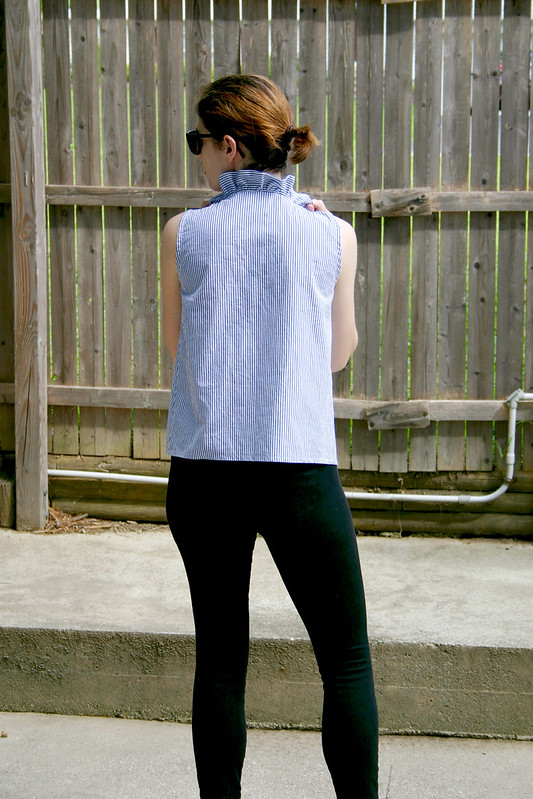
I love how high the ruffles come up and around to form a collar around the neck.

Pattern: Nellie Blouse by République du Chiffon
Fabric: Rag and Bone striped cotton shirting from Mood Fabrics
